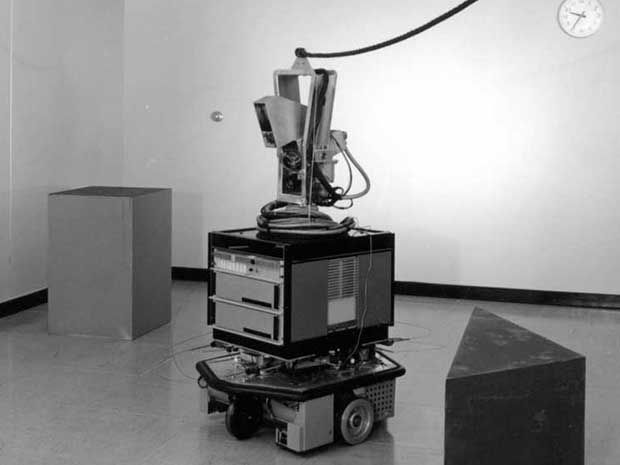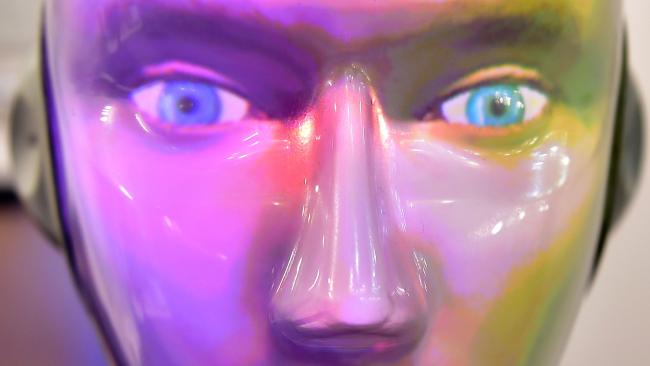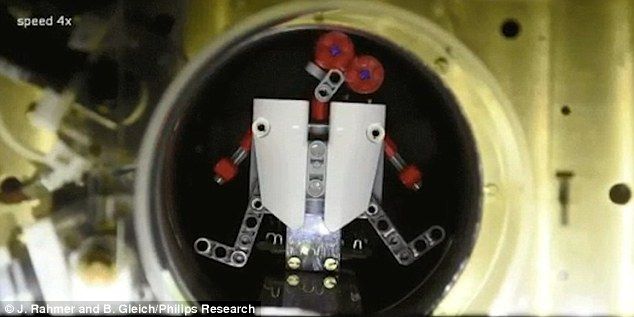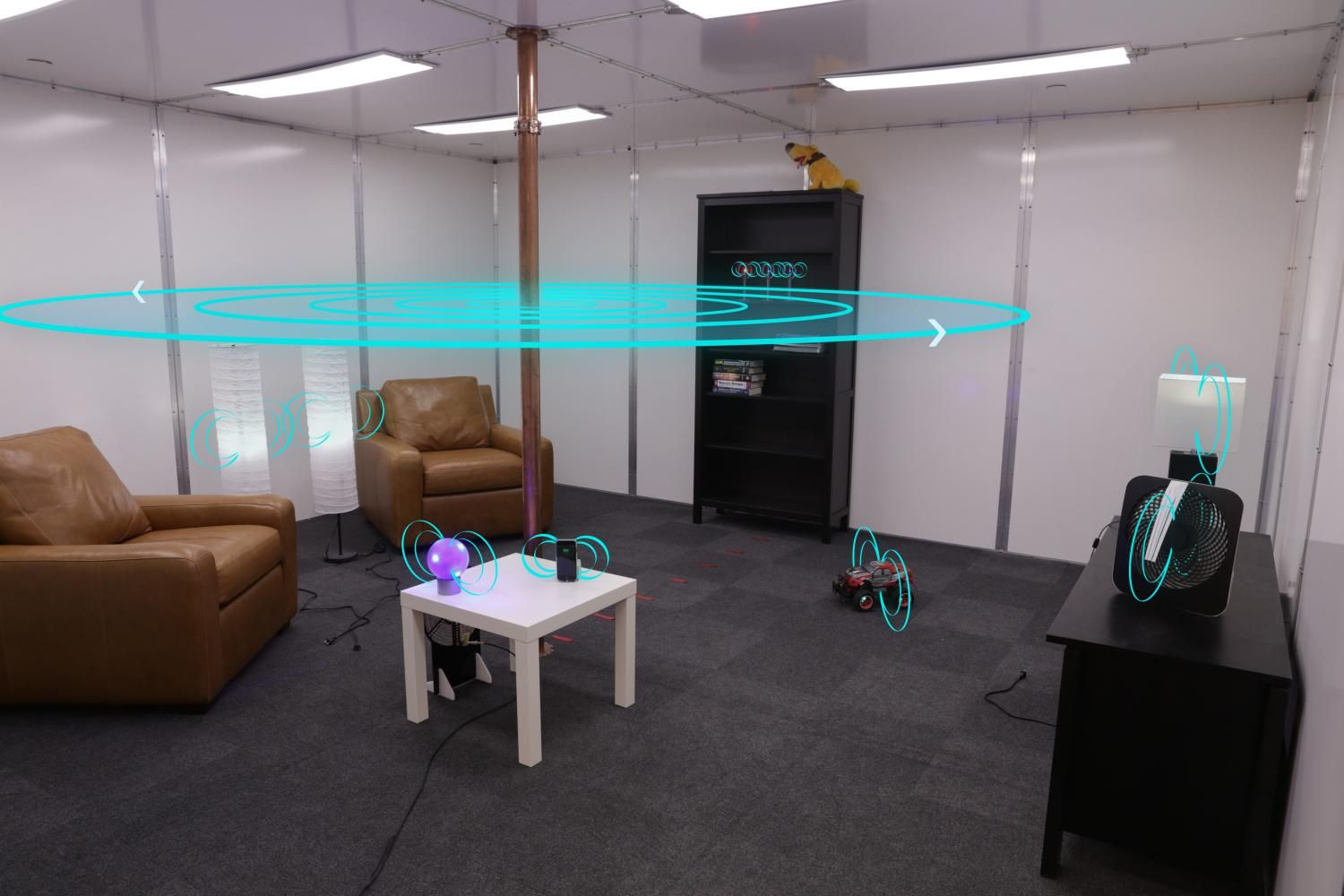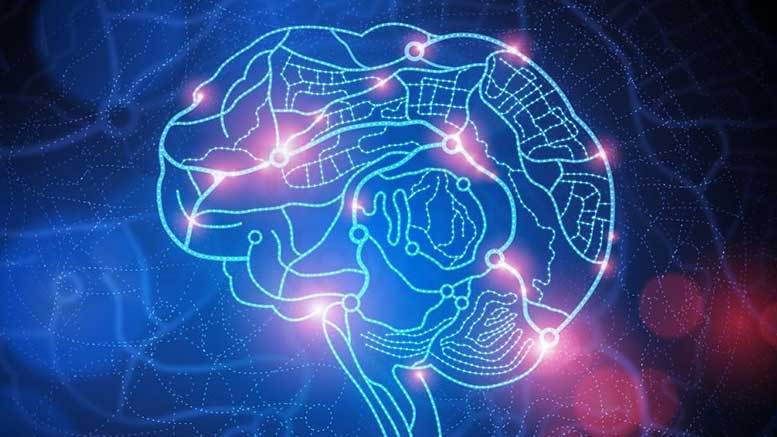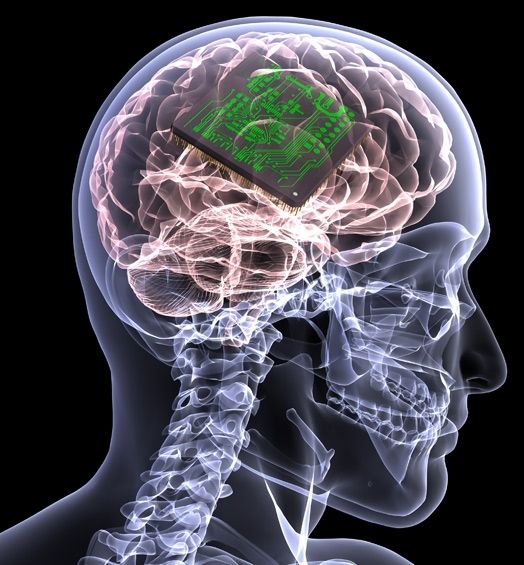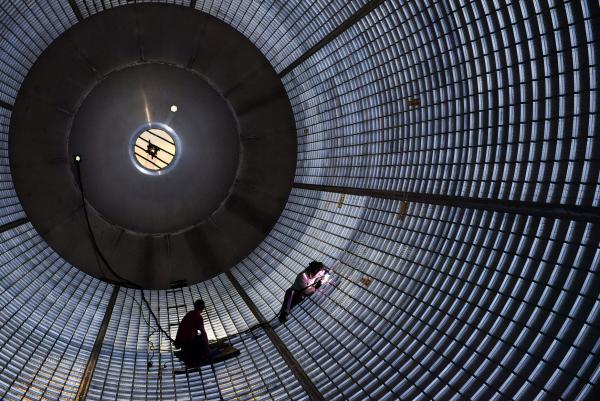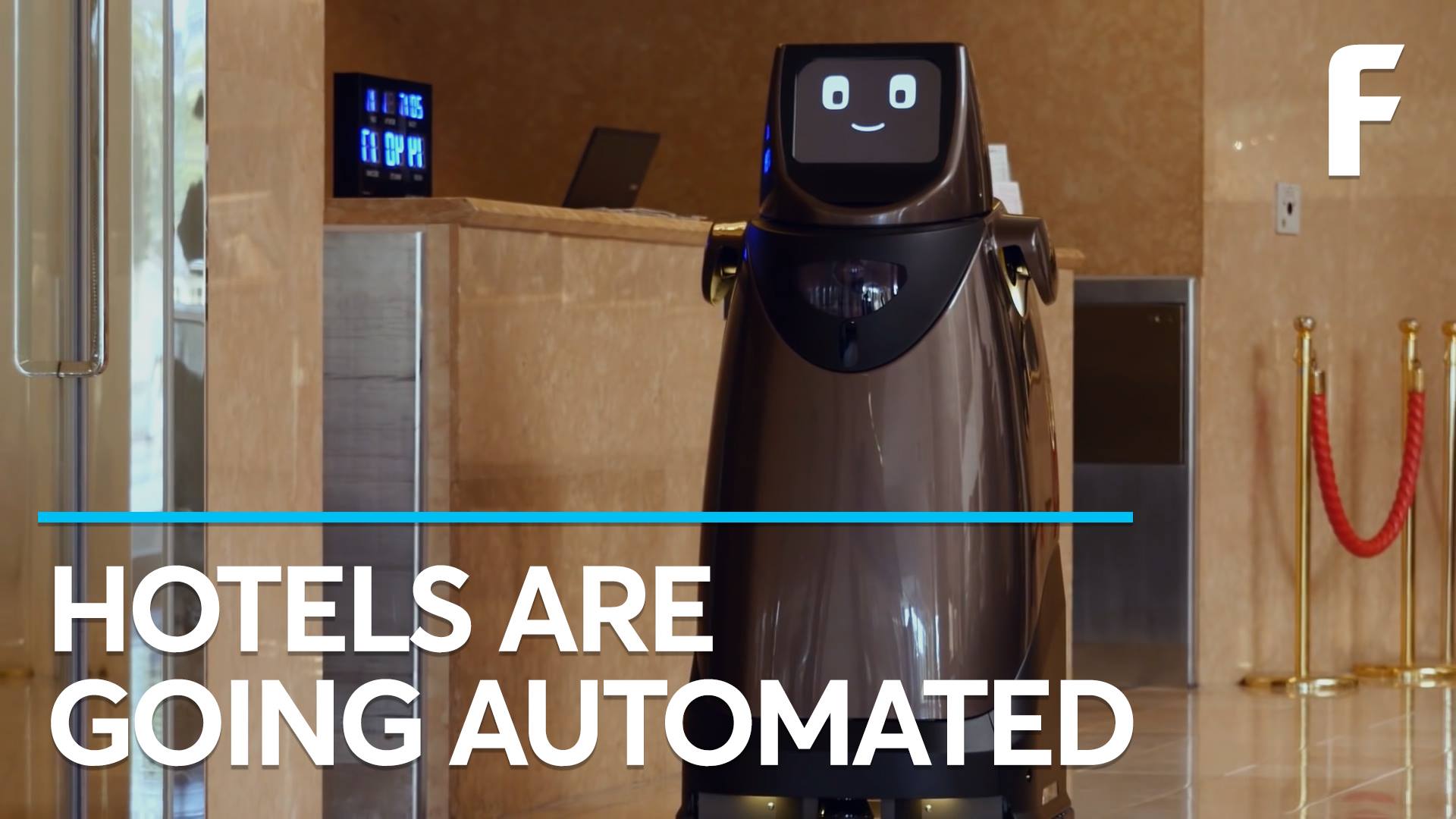Archive for the ‘robotics/AI’ category: Page 2199
Feb 16, 2017
Scientists create fleshy robots with living cells
Posted by Karen Hurst in categories: 3D printing, robotics/AI
More on the new bio-robots.
SCIENTISTS have created flesh-like mini-robots that can move when they detect light.
The fleet of walking “bio-bots” are powered using muscle cells and controlled using electrical and optical pulses.
Continue reading “Scientists create fleshy robots with living cells” »
Feb 16, 2017
Robots could be injected into the body to fight cancer
Posted by Karen Hurst in categories: biotech/medical, robotics/AI
We have stated this for a while; time to make it commercially available.
Our bodies are full of immune cells that circle around the blood, ready to see off any invaders.
And soon they could be getting a helping hand from tiny disease-fighting robots.
Continue reading “Robots could be injected into the body to fight cancer” »
Feb 16, 2017
Company Claims Brain Transplants Could Bring Back the Dead by 2045
Posted by Karen Hurst in categories: biotech/medical, cyborgs, life extension, military, nanotechnology, neuroscience, Ray Kurzweil, robotics/AI, singularity
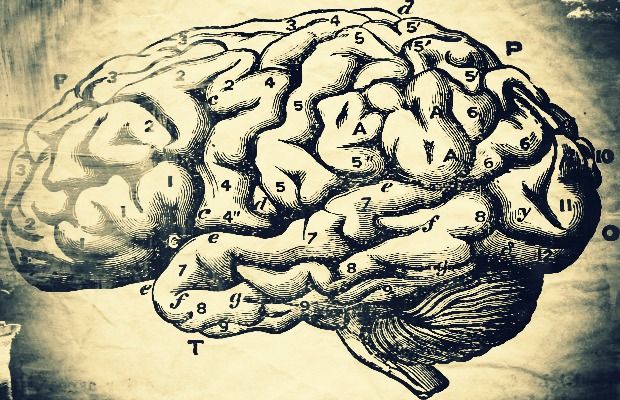
Not too shock by this given other transplant patient’s stories of memories, etc.

There are a lot of outrageous claims being made within the halls of neuroscience and artificial intelligence. Whether exaggerations, wishful thinking, the dreams of the egocentric and megalomaniacal to be immortal, or just drumming up funding for a never-ending round of “scientific investigation,” the year 2045 seems to always be cited as a target date.
Continue reading “Company Claims Brain Transplants Could Bring Back the Dead by 2045” »
Feb 16, 2017
Wireless power transmission safely charges devices anywhere within a room
Posted by Shane Hinshaw in categories: internet, robotics/AI
A new method developed by Disney Research for wirelessly transmitting power throughout a room enables users to charge electronic devices as seamlessly as they now connect to WiFi hotspots, eliminating the need for electrical cords or charging cradles.
The researchers demonstrated their method, called quasistatic cavity resonance (QSCR), inside a specially built 16-by-16-foot room at their lab. They safely generated near-field standing magnetic waves that filled the interior of the room, making it possible to power several cellphones, fans and lights simultaneously.
“This new innovative method will make it possible for electrical power to become as ubiquitous as WiFi,” said Alanson Sample, associate lab director & principal research scientist at Disney Research. “This in turn could enable new applications for robots and other small mobile devices by eliminating the need to replace batteries and wires for charging.”
Continue reading “Wireless power transmission safely charges devices anywhere within a room” »
Feb 16, 2017
Australian entrepreneur reveals ‘brain-controlled’ telepresence robot
Posted by Karen Hurst in categories: education, robotics/AI
Luv this.
Australian entrepreneur reveals brain-controlled telepresence robot. Teleport utilizes brain controlling interface to follow the focal point of a user’s mind and serve various fields of life.
Australian Developer has released a telepresent robot that will let the users attend school or work distantly. People, with a limited mobility of upper limb, will remotely attend tasks through this off-the-shelf mind controlling interface costing 200 UDDs.
Continue reading “Australian entrepreneur reveals ‘brain-controlled’ telepresence robot” »
Feb 16, 2017
Brain implants might soon restore vision to the blind, improve digestion, relieve PTSD symptoms
Posted by Karen Hurst in categories: biotech/medical, robotics/AI
[Brain implant experiments] like those that let a paralyzed person swig coffee using a robotic arm, or that let blind people “see” spots of light, have proven the huge potential of computers that interface with the brain. But the implanted electrodes used in such trials eventually become useless, as scar tissue forms that degrades their electrical connection to brain cells.
[However,] tests will begin in monkeys of a new implant for piping data into the brain that is designed to avoid that problem. [Led by Harvard researchers,] the project is intended to lead to devices that can restore vision to blind people long-term…[The device will] go beneath the skull but can rest on the surface of an animal’s brain, instead of penetrating inside the organ.
Feb 15, 2017
Trump may get Kennedy-esque with earlier return to moon
Posted by Dan Kummer in categories: robotics/AI, space travel
Feb. 15 (UPI) — The U.S. National Aeronautics and Space Administration on Wednesday indicated that President Donald Trump may want the United States to resurrect its pioneering spirit in outer space — much the same way another American leader did five decades ago.
Acting NASA Administrator Robert M. Lightfoot, Jr., sent a memo to employees Wednesday saying he had instructed the agency to work up a feasibility report on adding astronauts to its planned EM-1 flight late next year.
The mission, which is currently unmanned, will launch NASA’s new Space Launch System rocket with an Orion capsule. The spacecraft would orbit the moon and return to Earth. The agency’s EM-2 mission, scheduled for years later, was supposed to be the spaceflight to carry humans.
Continue reading “Trump may get Kennedy-esque with earlier return to moon” »
